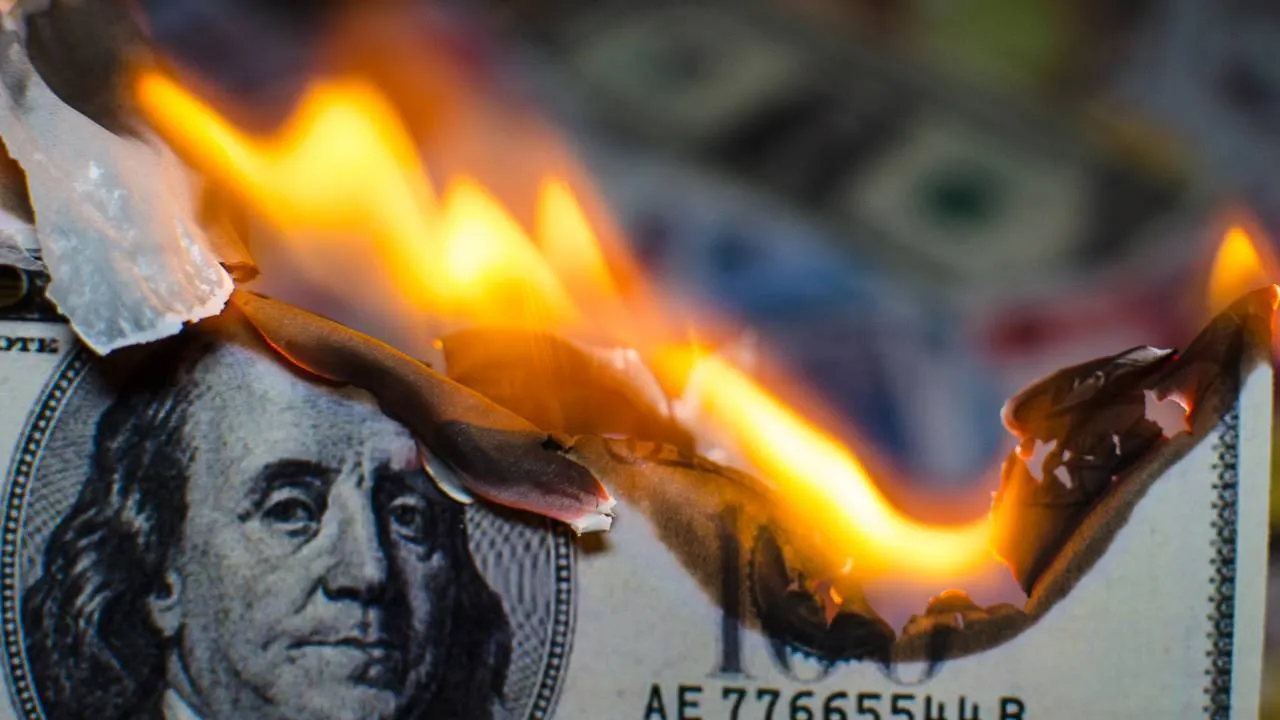Cryptocurrency prices held steady on Thursday despite a widely-watched inflation gauge that showed a resurgence in inflation.
The Consumer Price Index (CPI) rose 3.2% in the 12 months through July, the Bureau of Labor Statistics (BLS) said on Wednesday, coming in slightly lower than economists’ expectations. The uptick comes after inflation slowed to 3% annually in June.
On a month-to-month basis, consumer prices rose 0.2% in July, the same as a 0.2% increase the month before. The BLS said the index’s monthly increase was largely fueled by shelter prices, which rose 0.4% during the month and accounted for 90% of CPI’s overall increase.
Bitcoin and Ethereum were largely unaffected by the report’s release, holding steady at around $29,600 and $1850, respectively, according to CoinGecko. Other Coins, such as Dogecoin and Solana, were also flat, edging up less than 1%.
As the Fed draws closer to a so-called soft landing, where it’s able to reign in inflation without tipping the economy into a recession, IntoTheBlock’s Head of Research Lucas Outumuro said each month’s CPI report is steadily becoming less of an impact in crypto markets.
“CPI prints are becoming less and less relevant for crypto and even markets in general,” he told Decrypt. “I think that we're seeing the worst of inflation is behind us.”
For example, after annual inflation came in at a multi-decade high of 9.1% last June, Bitcoin and Ethereum dropped 4% and 6%, respectively, in the hour after the CPI report’s release. That was back when traders weren’t sure the Fed could clamp down on rampant inflation without effectively putting the economy into a coma.
“People didn't think soft landing was possible at the beginning of this year,” Outumuro said. “Now they're close to pulling it off—it's a positive surprise for markets and hence why stocks are up so much this year.”
July’s CPI report will be one of several factors weighed by the Federal Reserve at its next Federal Open Markets Committee meeting in September, as its fight against inflation soldiers on.
The U.S. central bank has tried to tame soaring prices by raising interest rates, which cool the economy by making it more expensive to borrow.
Higher interest rates have weighed on crypto prices and stocks alike, as so-called risk assets become less attractive in the eyes of investors compared to short-term U.S. Treasuries and cash reserves, which see their yields increase as the Fed tightens.
The Fed began its fight against inflation 18 months ago when it lifted rates from near zero last March. And while inflation has trended down from a sweltering 9.1% clip last summer, the Fed’s ultimate goal is 2%, which Fed Chair Powell said last month he doesn’t expect until at least 2025.
The Fed officially adopted its target of 2% in 2012 under former Fed chair Ben Bernanke. And while the U.S. central bank has been laser-focused on getting there, there’s also the possibility that its mandate changes down the line, Edward Moya, Chief Market Analyst at OANDA, told Decrypt.
“I think that [the Fed] might be able to live with inflation that’s slightly above their target,” he said. “They have policy reviews, and they might change what they have to do with inflation.”
For the Fed, Moya said the strength of the U.S. consumer is also quite important. And a spike in energy prices over the past month could put a dent in American’s wallets while pushing up inflation in the coming CPI report as well.
“The next inflation report will definitely feel the impact of the surge in energy prices,” Moya said. “The risks of a reacceleration a few months down the road, remain on the table.”
The national average price for a gallon of gasoline reached $3.82 on Wednesday, up over 7% from $3.53 a month ago, according to AAA. Experts have attributed the spike to extreme heat and oil production cuts, per ABC News.
The Federal Reserve delivered a 25-basis-point rate hike last month that pushed its benchmark interest rate to the highest level in 22 years. At a range of 5.25% and 5.5%, Powell said future rate hikes will be a meeting-by-meeting decision.
Stripping out food and energy prices, which are known to be volatile, so-called core inflation rose 4.7% in the twelve months through July. It represented a slight decrease from 4.8% in June.
The Fed considers core CPI a more accurate indicator of where inflation might be headed. It also looks closely at the Personal Consumption Index, set to be released on Aug. 31. It’s considered to be the Fed’s preferred inflation measure.
In terms of what could lie ahead, traders think the most likely outcome is that the Fed holds interest rates steady until at least January 2024, according to the CME Group’s FedWatch Tool on Thursday.
At their meeting in September, traders currently have an 86% chance penciled in that rates remain where they currently are.

